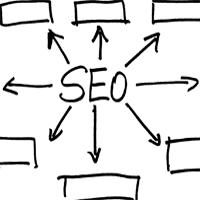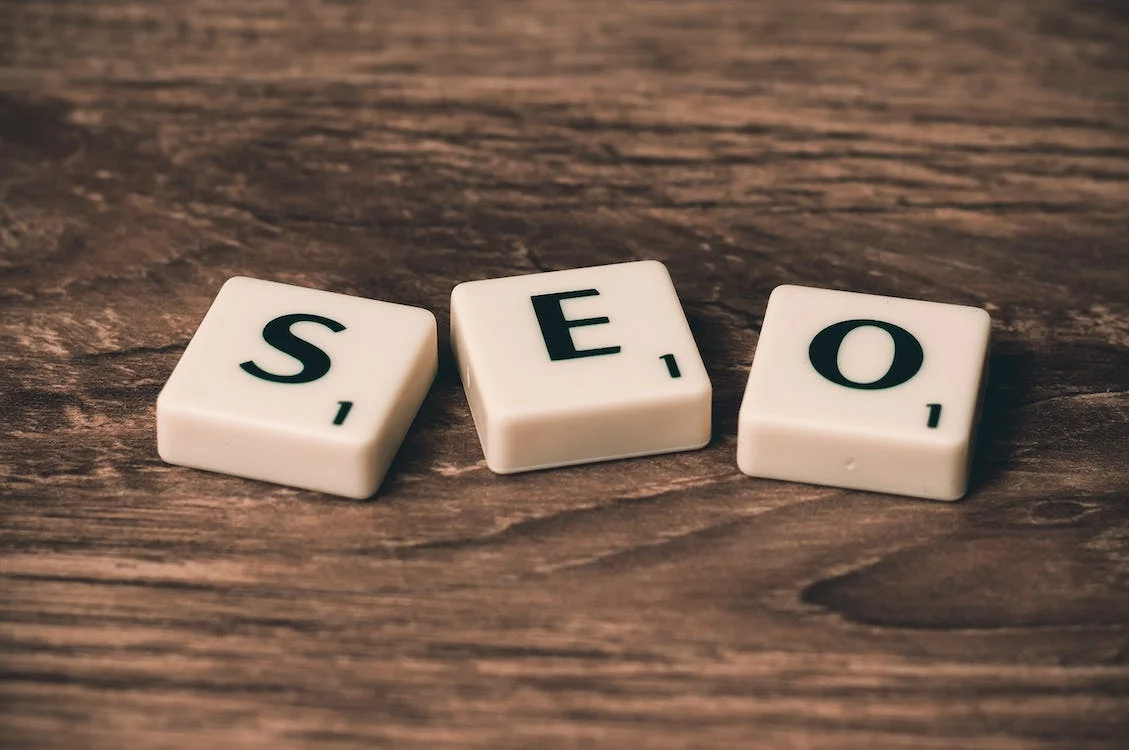Search Marketing Supercharged

Believe it or not, the Web is made up of math - lots and lots of math. And, by looking more closely at the math, we can learn a lot about how a website generates revenue and where there is hidden value.
The concept is really pretty simple. For example, Acme Website spends money to build a product or service, launches and hopes that people come to buy/use it. Ultimately, the site wants to earn more than it costs to build and operate.
However, after months praying to the traffic gods to bless its site with users, and cycling through a few marketing campaigns and PR blitzes, Acme realizes it needs a little help. That's when companies like Acme typically dip into an "Audience Development" budget to start buying traffic through things like Search Engine Optimization [SEO] and Search Engine Marketing [SEM].
Before you stop reading, let me preface my previous statement with this. One might argue that SEO isn't "buying" traffic, but I believe it is. You're essentially paying for an employee, consultant or company to achieve high search engine rankings that drive organic search visitors. Whereas SEM is an easier mental exercise, with website publishers simply paying for clicks to have people visit their site. Wash, rinse, repeat until the desired number of views is achieved. The math in this equation is simple, as long as websites make more money from each user's visit than it costs to get them there, they are in the clear (well, mostly).
This cycle must be working because every year, billions of dollars are spent on SEO and SEM. The vast majority of these dollars are paid to SEO companies and consultants, in-house teams, search engines and traffic marketplaces. Simple economics would state that as long as the revenue per page view or profit per action is greater than the cost, the cycle continues. But why stop there?
By coupling SEO and SEM strategies with other ways to increase pages per visit, website owners can start thinking beyond the race to break-even. Let's start by looking at what has arguably become the most overlooked and under appreciated element of a web page: text links.
Text Links - Overlooked and Under Appreciated
When most heat maps of Web pages are analyzed, they reveal the not-so-surprising fact that users still focus on content. The facts speak for themselves. At LinkSmart, we know this to be true because we've seen click-through rates on text links placed in articles reach 10 to 20 times the rate seen on other Web page elements, such as banner ads, related content widgets and side-rail elements.
But, despite the draw and popularity of content, many website operators don't think about supercharging content with text links to boost engagement. It starts with a conscious understanding of the benefits, and developing a text linking optimization strategy to more efficiently manage and shape traffic flows through in-article text links. Every additional page view or visitor directed to a high-value location positively impacts the ROI of traffic generation programs, especially SEO and SEM.
Building out a text link optimization strategy can be difficult, and finding the right levers to pull on a website can be time consuming and expensive. With this challenge in mind, here are three things to keep in mind before getting started.
Links to Content - Finding the Right Ratio: Optimizing content isn't about cramming as many hyperlinks into a page as possible. It's about mastering the art of balancing relevant phrases and keyword text links with content that people naturally find interesting. Over hyperlinking will actually hinder interaction and the desire to read or click on a certain page or piece of content. Each site, content type and page has an optimal text-link structure that will lead to the highest average click-through rates. It's really about customization and finding what works best for a particular audience. Again, pay attention to the math driving your site.
Engagement is Nirvana: Web publishers have learned that it's not just the number of people that visit a site or page, it's about the time and engagement each visitor has with it. Deeper engagement remains critical to revenue generation, and not all traffic is created equal. With organic search leading to users only visiting two pages per visit, text linking can help increase this metric by even one or two pages, thereby decreasing the cost-per-visit dramatically and increasing profit margins on investments like SEO and SEM.
Refreshing High Performance Pages: By linking to high-performance/value pages throughout their content, publishers can drive users back to these overlooked pages by keeping them relevant, both in context and on search engine results pages. Directing readers to high-performance pages is a dependable way to increase yield and boost traffic numbers and SEO.
Optimizing website pages with relevant links isn't just a great way to boost a publisher's return on their SEO or SEM investments, its' a great way to better serve readers with relevant content that will keep them coming back for more.








